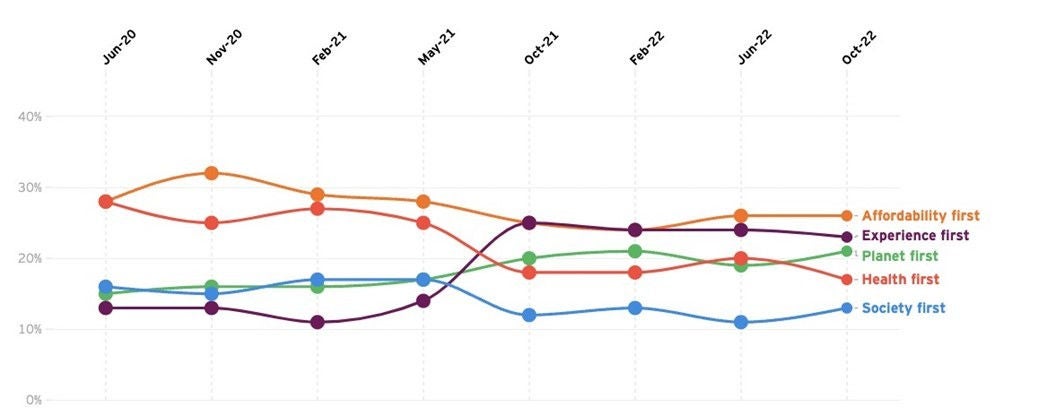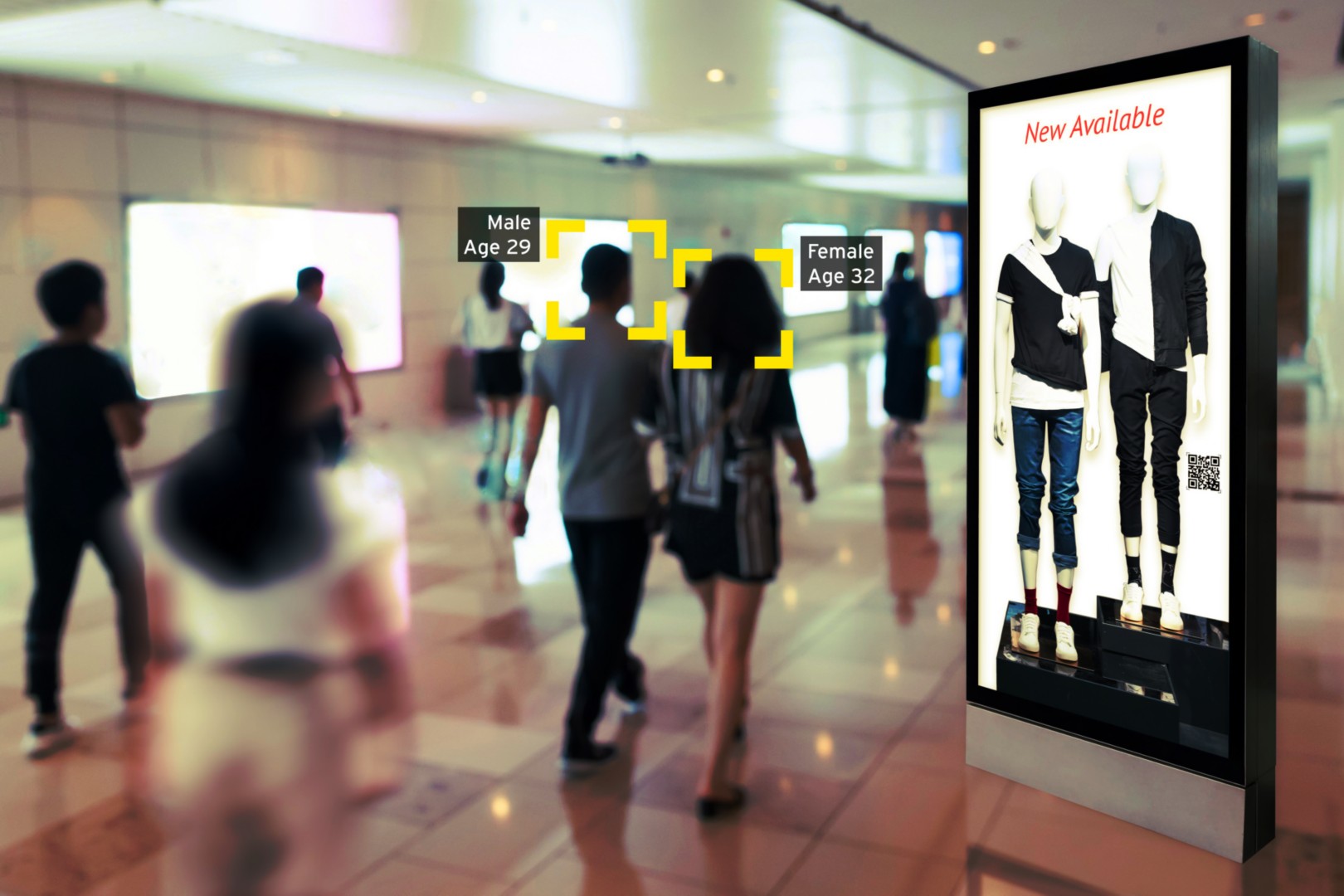EY refers to the global organization, and may refer to one or more, of the member firms of Ernst & Young Global Limited, each of which is a separate legal entity. Ernst & Young Global Limited, a UK company limited by guarantee, does not provide services to clients.
How EY can help
-
EY Studio+ helps organizations build differentiated experiences that adapt with customers and drive sustainable long-term value. Read more on studio.ey.com.
Read more -
EY Data and Insight-Driven Transformation teams can help you use technology and data to modernize and innovate your business and prepare for future disruption. Learn more.
Read more
A truly seamless consumer experience requires a symbiotic relationship between retailers and consumer packaged goods (CPG) companies centered around data.
But in today’s environment, complexities of data abound. Costs to transparently acquire, store, manage and safeguard data continue to rise rapidly. Options for sourcing data continue to grow, but many companies struggle with the data they already have, so a true 360-degree view of the consumer eludes many companies. And moving from data capture to actionable insight is the ultimate challenge. But retailers and brands must make it work for them or they run the risk of drowning in their own data lakes.
The case for a holistic data ecosystem
At present, there’s a tension between lots of data and not enough connection. Connection to the consumer. Connection of experiences. Connection to insights. Connection across the value chain.
The historical tendency for retailers and brands to “stay in their lanes” with respect to data remains the operating assumption. Retailers own the discovery and purchase occasions across the transaction, which include emerging omnichannel and e-commerce behavior. CPG companies own category shopper insights and brand affinity insights, with increased development of first-party data around the consumption and ownership occasion.
To be fair, the last decade has brought significant improvements to the use of collective data. Innovations, such as data exchanges for frequent shopper data, allow for brands and retailers to better target media and promotions. Further, retail media offerings provide greater precision in search, display and off-site media targeting. There are many other examples; however, these improvements are still principally leveraging only one party’s view of the consumer and rarely empower retailers and brands to share intelligence by blending data and insights. The effect is that separately, each party has half of the picture.
Imagine the value to the consumer experience, though, if the discovery, purchase, consumption and ownership occasions were regarded holistically. If companies could answer questions beyond what was researched and purchased, but rather the who and the why behind the buy, they have an opportunity to build more meaningful relationships with consumers pre and post transaction by focusing on connection ahead of conversion. Combining the retailer’s understanding of consumer research and purchase behaviors and the brand’s understanding of consumption provides a more effective, holistic and near real-time view of the experience offered and consumed.
What opportunities do connected data present?
- Cost mitigation: optimize the significant budget spent on media, trade, price and promotion where there is significant waste and duplication.
- Improved loyalty: tap into post-purchase opportunities as part of the consumer journey to build lasting relationships.
- Upsell opportunities: design the optimal product bundling and messaging.
- Optimized product innovation and merchandising: make more informed decisions about what to make and what to stock.
- Optimized marketing: target consumers with hyper-personalized messaging in the moment of need.
Ultimately, a holistic data ecosystem creates ideal state consumer experiences and a clearer picture of the required operations to serve the target consumer with increased speed and efficiency.
Imagining the possibilities is one thing, but making it real is another. To achieve this data value exchange, retailers and CPG brands must create a more balanced data relationship. To get started,






